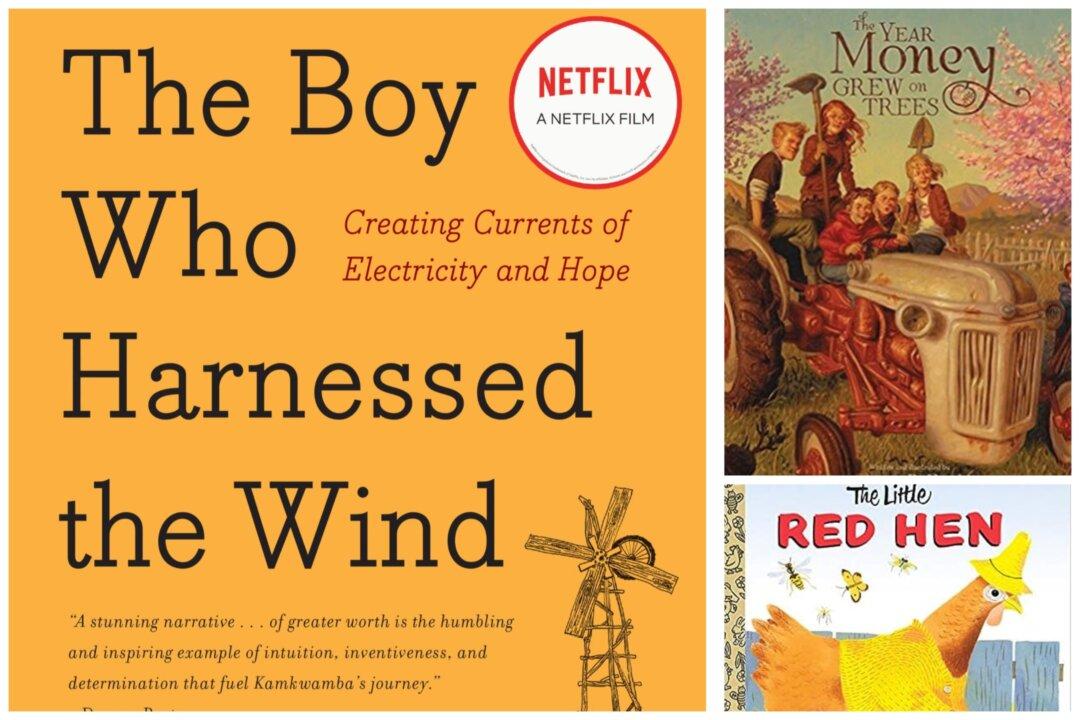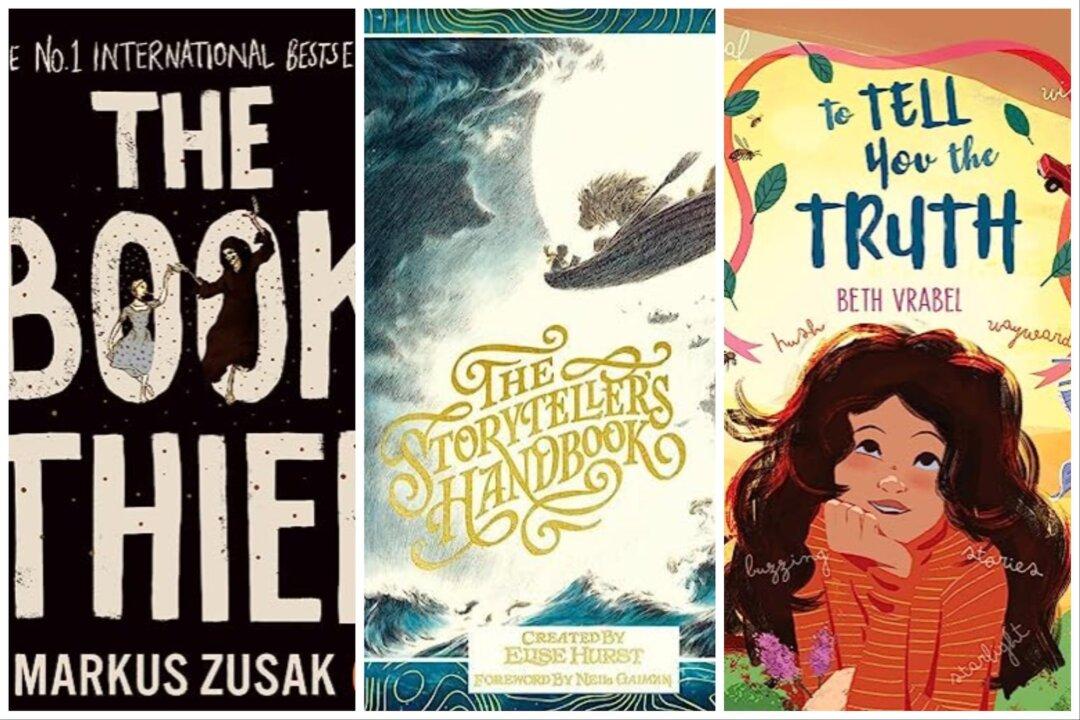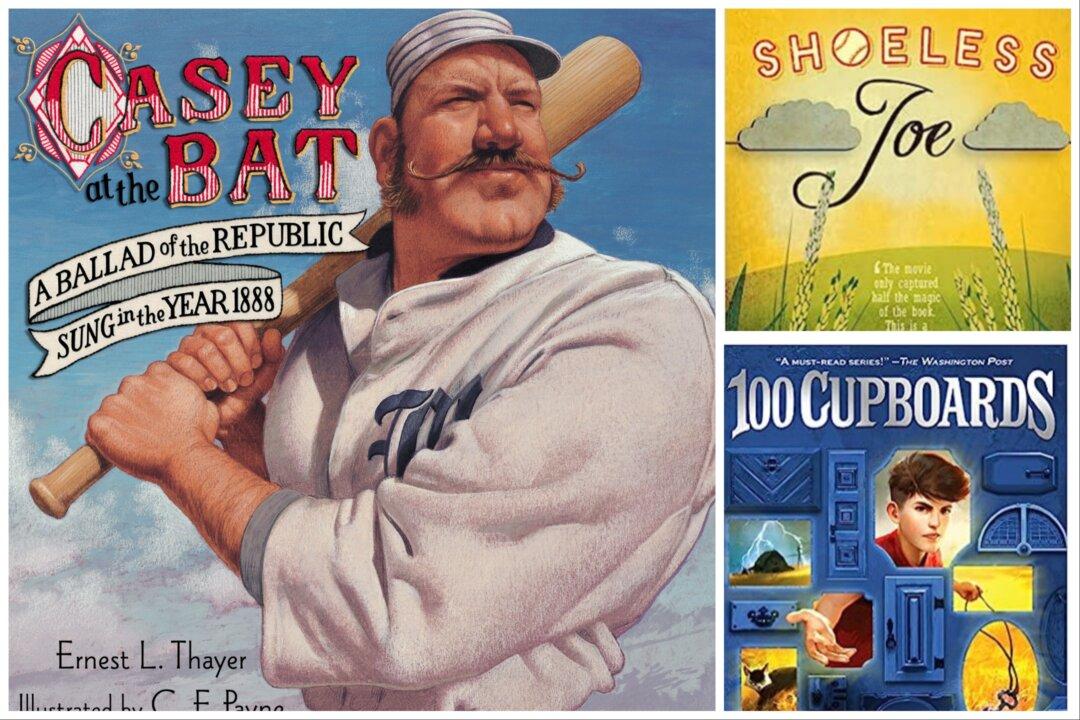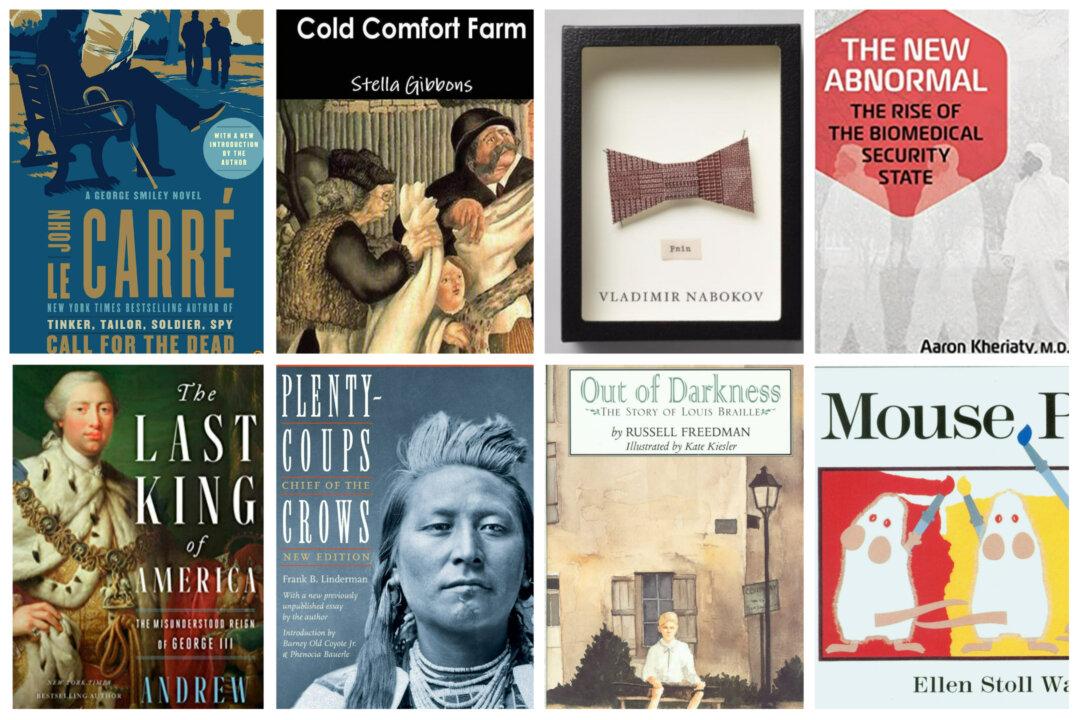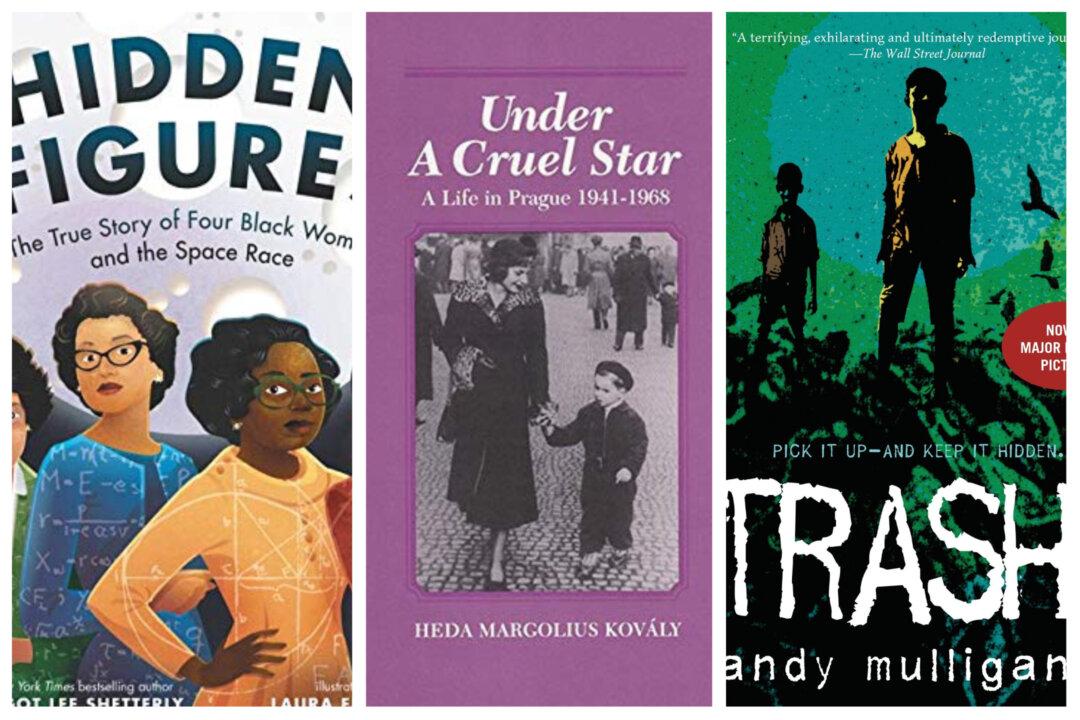Working hard or hardly working? That witty phrase is more likely to be received with annoyance than to leave listeners suddenly motivated to work harder. The following books show characters who do work hard and who are rewarded for their efforts with inspiring—or tasty—results, as in the case of the “Little Red Hen.”
‘The Little Red Hen’ by Diane Muldrow (Editor) and J.P. Miller (Illustrator)
One day, the Little Red Hen finds something unusual: Instead of a tasty worm, she has stumbled upon a grain of wheat. Although she attempts to rally the help of the other farm animals, they are too lazy to take part in the planting, harvesting, and milling of the wheat. The industrious Hen takes it upon herself to carry out these tasks and eventually is treated to a loaf of tasty homemade bread, which the other animals don’t get to share.Countless versions of this classic story can be found, all contrasting the fruits of hard work with the disappointment of the lazy animals. This Little Golden Books edition teaches the importance of helping others through delightful and colorful illustrations. This picture book is perfect to share with young children ages 2 to 5. (24 pages, Golden Books, 2001)

